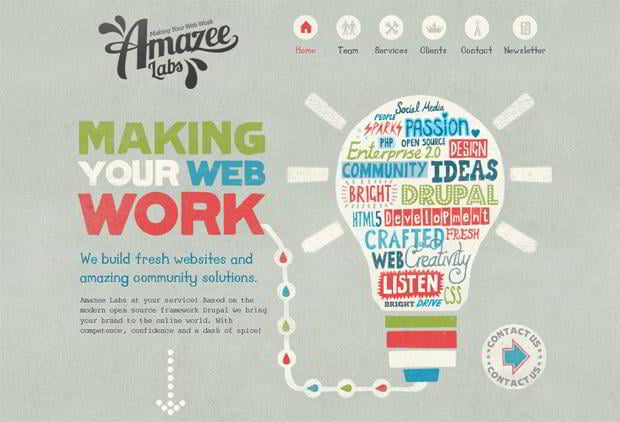Keen To Discover Exactly How Site Design Has Changed Over Time? Study The Evolution From Simpleness To User-Focused Experiences.
Keen To Discover Exactly How Site Design Has Changed Over Time? Study The Evolution From Simpleness To User-Focused Experiences.
Blog Article
Produced By-Solis Harding
In the past, web sites were easy and focused on info. Navigating was direct, and design was for desktop computers. Currently, individual experience is essential. Information guides layouts for easy navigation. Responsive formats suit various gadgets. Today, dark mode decreases strain, and minimal menus boost navigation. Interactive features involve individuals, and strong visuals attract attention. AI integration enhances interaction. See how style has actually developed to boost your on the internet trip.
Very Early Days of Web Design
In the very early days of website design, simplicity preponderated. Websites were fundamental, with restricted colors, fonts, and formats. The emphasis got on supplying information as opposed to fancy visuals. Individuals accessed the internet with slow-moving dial-up links, so rate and capability were vital.
Navigation menus were straightforward, commonly located on top or side of the web page. Internet sites were made for home computer, as mobile browsing wasn't yet widespread. Material was king, and designers prioritized simple readability over complex layout aspects.
HTML was the main coding language used, and designers needed to work within its restrictions. Computer animations and interactive functions were very little contrasted to today's standards. seo search engine ranking were static, with little dynamic material or individualized individual experiences.
Surge of User-Focused Design
With the evolution of site layout, a change towards user-focused layout principles has ended up being progressively noticeable. Today, creating internet sites that prioritize customer experience is important for engaging visitors and achieving service goals. User-focused design involves recognizing the demands, preferences, and actions of your target market to customize the web site's layout, material, and includes appropriately.
Designers now carry out comprehensive research study, such as customer studies and use screening, to collect understandings and feedback directly from individuals. This data-driven technique assists in creating intuitive navigation, clear calls-to-action, and visually enticing interfaces that reverberate with visitors. By placing the user at the facility of the layout process, web sites can deliver a much more customized and delightful experience.
Receptive layout has actually additionally emerged as a key facet of user-focused design, making sure that websites are optimized for numerous tools and display dimensions. This adaptability enhances availability and usability, catering to the diverse methods customers engage with websites today. In essence, the increase of user-focused layout signifies a shift in the direction of producing digital experiences that focus on the needs and expectations of the end user.
Modern Trends in Web Design
Discover the current fads forming web design today. One prominent fad is dark setting design, providing a smooth and modern look while decreasing eye strain in low-light environments. An additional key pattern is minimalist navigation, simplifying food selections and improving individual experience by focusing on essential elements. Including micro-interactions, such as animated switches or scrolling results, can develop a more interesting and interactive site. Receptive design remains vital, making certain seamless user experiences across various gadgets. Furthermore, utilizing strong typography and unbalanced layouts can include visual passion and accentuate certain material.
Incorporating AI innovation, like chatbots for customer support or personalized suggestions, boosts customer interaction and streamlines procedures. Access has additionally end up being a substantial fad, with developers focusing on comprehensive style methods to satisfy varied individual demands. Welcoming sustainability by optimizing website efficiency for speed and performance is one more emerging trend in web design. Teaming up with web page design and information analytics to iterate and improve style continuously is crucial for staying relevant in the ever-evolving electronic landscape. By welcoming these modern trends, you can produce a visually enticing, straightforward internet site that reverberates with your target market.
Final thought
As you review the development of site style from the early days to currently, you can see just how user-focused layout has actually become the driving pressure behind modern-day trends.
Accept the trip of adjustment and adaptation in website design, constantly keeping the user experience at the forefront.
Keep existing with the most up to date patterns and innovations, and never ever stop evolving your technique to produce aesthetically stunning and straightforward sites.
Advance, adapt, and produce - the future of web design is in your hands.
